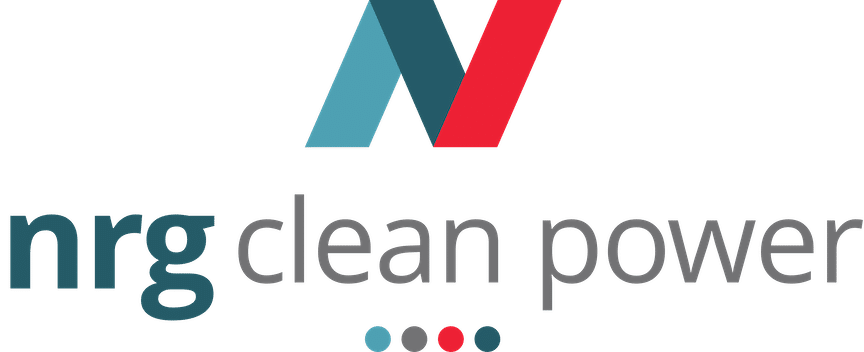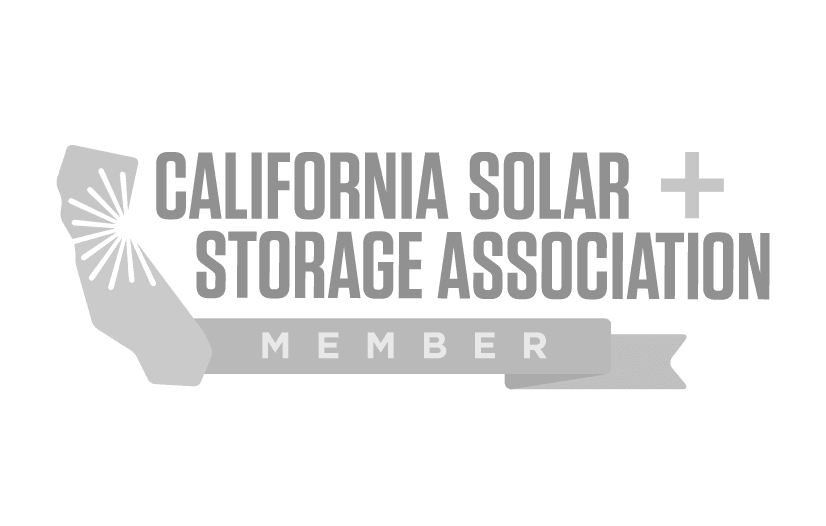How to Switch to Solar: A Guide to Panel Needs
Howdy, reader! Today, we start an exciting trip toward a greener future that involves using the sun’s power. Solar panels have become a great way to meet our energy needs, and in this guide, we’ll go into detail about what they need and help you figure out how many you need for your situation.
Let’s start with a story that will warm your heart
It happened on the busy streets of the south side. Imagine this: I was walking along a sidewalk in the sun, minding my own business, when I saw a neighbor with a huge smile. I couldn’t help but ask about the solar panels on their roof because my curiosity got the best of me. Their eyes lit up, and they talked excitedly about all the great things that had happened since they switched to solar power.
At that moment, I realized how solar panels can change your life. They are a technology that not only saves you money but also helps make the future more sustainable. When I met someone who had switched to solar, it sparked something in me, and I knew I had to find out more. So, here we are, on this trip that will teach us a lot.
Getting to the bottom of how solar panels work
Photovoltaic (PV) cells are what make solar panels, which look like they came from the future, work. They turn light into electricity. They work quietly on your roof to power your home and reduce your carbon footprint. They are like little energy wizards. But before you jump on the solar bandwagon, you should figure out how many solar panels you need to meet your energy needs.
What do I need to know about solar panels? How They Figured It Out
Ah, the most important question: how many solar panels do you need to get the most out of them? The answer depends on the unique features of your home and how you use energy. Don’t worry, we’ll show you how to do the simple math that will give you a clear answer.
First, figure out how much electricity you use on average each month. Look at your past utility bills and write down how many kWh you used. Multiply this number by 12 to get an idea of how much you use in a year. Remember that solar panels make electricity during the day, so try to use most of your electricity during the day.
Next, think about how much sunlight your area gets. This word is just a fancy way of saying how much sunlight your place gets. Solar irradiance is higher in places like sunny Westcott that get a lot of sun. Find out how many hours of sun your area gets on average each day.
Get your calculator now. Divide your average daily sun hours by how much electricity you use in a year, and you’re done! You are making the amount of electricity you need every day. But we’re still not done. To figure out how many solar panels you need, you need to look at the wattage of each panel and how efficient it is. By dividing the amount of electricity made each day by the wattage and taking efficiency into account, you can figure out how many solar panels you need.
Choosing how to install your solar panels
Each home is unique, just like you, dear reader. The number of solar panels you need may depend on things like how much roof space you have, how much shade you get from nearby buildings, and your budget. It’s important to hire a professional solar installer who can look at your specific needs and make the installation fit them.
Do you remember the story about how I met my solar-powered neighbor on the southside? They didn’t have much roof space because there were tall trees nearby. Their solar installer made a custom solution for them, putting the panels in the best places to get the most sunlight. The great thing about solar panels is that they can be changed to fit your needs.
The Money Side: Saving Money and the Environment
Let’s talk about money, eh? Buying solar panels not only lowers your electricity bills but also helps you save money in the long run. Installing solar panels may seem expensive at first, but don’t let that stop you. Governments, nonprofits, and financial institutions all offer incentives, grants, and other ways to pay for switching to solar power to make it more affordable.
Think about the peace of mind you’d have if you knew you were helping to build a better future. By using solar energy, you can do your part to fight climate change and lower your carbon footprint. It’s a powerful feeling to know that every kilowatt-hour your solar panels produce is a step toward making the world cleaner and greener.
How to Take Care of and Keep an Eye on Your Solar Panels
Congratulations! You’ve decided to switch to solar power, figured out how many panels you need, and had the thrill of seeing your meter run backwards as your own electricity is made. But that’s not the end of the journey. Like any other investment, solar panels need to be maintained and kept an eye on to make sure they are working at their best.
It is important to check on your solar panels from time to time, especially after extreme weather. Keep an eye out for any dirt, dust, or shadows that might get in the way of how well they work. The best way to keep them working is to clean them with a gentle spray from a hose or to have a professional do a thorough cleaning.
Monitoring the performance of your solar panels also lets you track how much energy they produce and spot any problems. There are now smart monitoring systems that give you real-time information about how much energy your solar panels are making. This gives you the power to make smart decisions about how you use and save energy.
Taking advantage of the solar revolution
Dear reader, you have the power to change things. By using solar panels, you not only take control of how much energy you use, but you also help make the world a better place for future generations. Remember that the journey starts with a simple question: “How many solar panels do I need?”
Let the story I heard about a solar panel owner on the southside, who was very excited about his system, encourage you to take that first step. Be like the person in Westcott who made changes to their solar installation to get around problems. Let their stories make you even more determined to switch to solar power and help the environment.
So, dear reader, I want to encourage you to learn more about solar panels. Talk to reputable solar installers, do your own research, and make a decision based on what you’ve learned. By switching to solar, you not only cut down on your use of fossil fuels, but you also show your support for a greener future.
Let’s all join the solar revolution and work to make the world brighter, cleaner, and greener. You have the power, and if you have enough solar panels, you can make a difference one kilowatt-hour at a time.
Don’t forget that the journey starts with you. Let the sun show you the way and lead you to a better way of living. Happy solar panel hunting!

